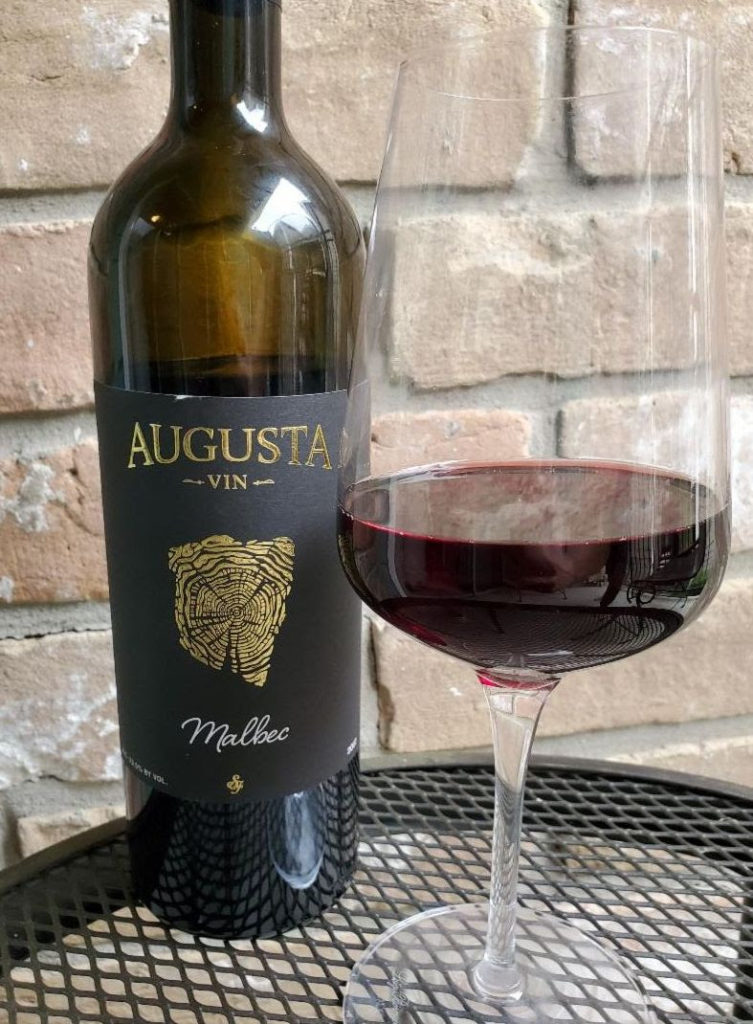Deductive Tasting 101: A Sommelier Introduction
The best way to practice, use the steps outlined below and remember each time you test your senses, your skill set will improve. More importantly, wine is quite subjective in nature and what you experience may be different from others. The ultimate goal, have fun learning the intricacies associated with the art of wine and the geographical nuances.
Deductive Tasting Essentials
What is deductive reasoning? By definition, it means coming to a conclusion based on general
observations. In wine, this involves dissecting the tasting experience and analyzing your findings
to identify the wine in question.
Look: The visual inspection of the wine under neutral lighting.
Smell: Identify aromas by breathing through your nose.
Taste: Assess both the taste structure (sour, bitter, sweet) and flavors derived by breathing.
Think & Conclude: Develop a complete profile of the wine.
The Walk-through: 2017 Augusta Vin Malbec
Let’s get started with 2017 Augusta Vin Malbec. Since it’s 100% Malbec and 100% Texas
grapes, it’s an excellent way to learn about how Texas is different from other areas of the world.
Look: Check out the color, a vibrant deep purple with blue hues. Many clues are hidden in appearance and unless tasting blind, many answers can be found on the label (i.e. vintage, alcohol and grape variety). In this case, the color tells you the wine is young and overtime will shift to a lighter, brown tone. The blueness gives the sense of low acidity and juicy fruit characteristics. Also a sign of low to moderate alcohol which makes fruit shine forward.
Smell: Think big to small on this front. Since this is a red wine, break down the wine by red, blue or black fruit. Then you should define the type of berry by type. In this case blackberry, dark cherry and a hint of dark plum.
Broadly, you can define the nose even further by three primary categories:
- Primary aromas: Grape-derivatives which include fruits, herbs and floral notes.
- Secondary aromas: Winemaking practices dictate this aroma and usually yeast driven. None found in the Malbec and this function is usually found in white wine.
- Tertiary aromas: Comes from aging in the bottle or possibly in oak. Common aromas include savory, roasted nuts, baking spices, vanilla, tobacco, leather, cedar and even coconut. Our Malbec shows hints of vanilla and baking spices at this stage.
Taste: The estate’s favorite thing to do. Think palate here and sensations.
- Taste: The tongue will detect salty, sweet, sour and bitter. Acid drives sour and varies with climate and grape variety. Sweetness, in part controlled by late harvest & fermentation stop points. Stop early, more residual sugar, less alcohol, hence sweetness. Bitter a direct effect of skin contact and tannin management.
- Texture: Two factors to consider, alcohol and tannins control texture. High alcohol, riper wines give more body and weight. Our Malbec reflects juicy texture with moderate alcohol, great balance.
- Length: Judge the beginning, mid-palate and finish. In our wine, juicy entry, soft middle and elegant finish from the oak.
Think & Conclude: Did the wine show balance (i.e. too acidic, too alcoholic, too tannic, oak)? Did you enjoy the sensation? Was this wine unique or unmemorable? Were there anycharacteristics that shined through and impressed me? Personally, I thoroughly enjoyed our 2017 Augusta Vin Malbec especially on the balance thought process. It’s a sensation just waiting for your corkscrew.
Try it out!
Now it’s your turn! Pull a cork of our award winning Malbec and share your notes with us. Here is
a breakdown of our 2017 Augusta Vin Malbec deductive tasting. Do you notice any similarities in
your own notes? Anything different?
Email andre@augustavin.com to learn more and compare notes!
Don’t have a bottle on your wine rack?
Sight
Clarity: Clear, reflective
Concentration: Deep
Color: Purple, with blue hues

Nose
Intensity: Medium-plus
Age: Young
Fruit: Blackberry, dark cherry, dark plum
Non-Fruit: Cocoa, baking spices
Earth/Herb: Lush sage
Mineral: Graphite
Wood: Vanilla, dried tobacco
Palate
Sweetness: Dry
Fruit: Ripe red plum
Non-Fruit: Cocoa dust
Earth/Herb: Lush sage
Mineral: Graphite
Wood: Vanilla, dried tobacco
Bitterness: Low
Tannin: Medium
Acid: Low to medium
Alcohol: Moderate
Balance: Juicy, balanced
Malbec Iconic Notes
For comparison, these are the typical Malbec notes we look for during blind tastings.
Sight: Deep Purple, Magenta or Blue hues
Smell & Taste: Blackberry, Plum, Cherry, Vanilla, Tobacco
Palate: Dry & Full Body, medium tannins, medium-low acidity, moderate alcohol

Other articles in the Wine Educational Series
Most Recent
Receive new Wine Educational Series articles
$1 Shipping
Please enjoy $1 shipping on all orders of 3 bottles or more.
Most orders will be delivered within 3 business days!

